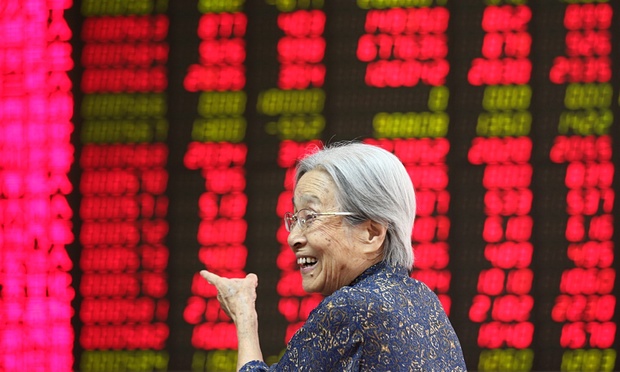The Tokyo stock market returns to the highs of 1989 and breaks the 39,000 point mark

There Tokyo Stock Exchange updates historical highs and returns to levels not seen since the bursting of the Japanese speculative bubble in the early 1990s: Thursday, February 22, the Nikkei he brought himself over 39,000 points (39,029 to be precise), During the session, it erased its previous all-time high set on December 29, 1989 (38,915.87 points). His absolute final record (38,915.87 points on the same day) was also beaten on the same day.
The sprint of the Japanese indices
Year to date, both Japanese indices, the Nikkei and the broader Topix index, have shown the best results in the Asia-Pacific region, with gains of over 10%, following a rise of more than 25% in 2023. The leap forward was partly supported by the index’s good performance in corporate earnings, but also by the weakness of the yen (-6% year-to-date against the dollar, towards a 33-year low), which favored Japanese exports.
But the rally doesn’t seem to have come to an end yet. The analysts from Bank of America They revised their 2024 year-end forecast for the Nikkei 225 from 38,500 to 41,000. Estimates for the Topix were also revised upward from 2,715 to 2,850.
A positive opinion also comes from Peter Kinsella, Global Head of Forex Strategy at Union Bancaire Privée (UBP)
Finally, investors have become increasingly interested in the prospects of Japanese stocks in recent months. Thanks to cheap valuations, solid earnings growth and significant improvements in corporate governance, this represents a remarkable risk-reward profile today. Japanese stocks have made significant gains in 2023 and more are expected in the coming years.
Weak yen, strong stocks
The recent stock market gains have come against the backdrop of a weakening Japanese yen, largely due to the divergence between high US interest rates and Japan’s extremely accommodative policies. As mentioned, the chronic weakness of the yen has benefited Japanese exports, but at the same time has reduced consumer purchasing power.
Especially in the wake of weak consumption The rising sun economy is overunexpectedly, is in a technical recession and is losing, among other things, the world’s third largest economy. Between October and December 2023, GDP fell by 0.1%, compared to -0.7% in the previous quarter, well below analysts’ expectations, who expected an increase of 0.4%.
What the BOJ will do
Despite the economic weakness, it was discussed at the last meeting in January the Bank of Japan (BOJ) has maintained its negative interest rate regime even though core inflation – which excludes food and energy prices – has exceeded its 2% target for more than a year. Remember that the BoJ is the only major central bank that has a negative deposit rate.
Looking ahead, market participants expect this The BOJ will abandon its negative interest rate regime at its April monetary policy meeting, once union wage negotiations are completed in March. At that point, the cost of money could rise, but “up to a maximum of 0.50%, a level consistent with most estimates of the neutral Japanese rate,” UBP’s Kinsella explained, adding: “In 2023, we learned that under the leadership of Governor Ueda, the BoJ is taking its time to change its monetary policy. This is because the BoJ is paying particular attention to possible negative side effects that could be caused by a rapid shift away from its unorthodox policy mix.”





